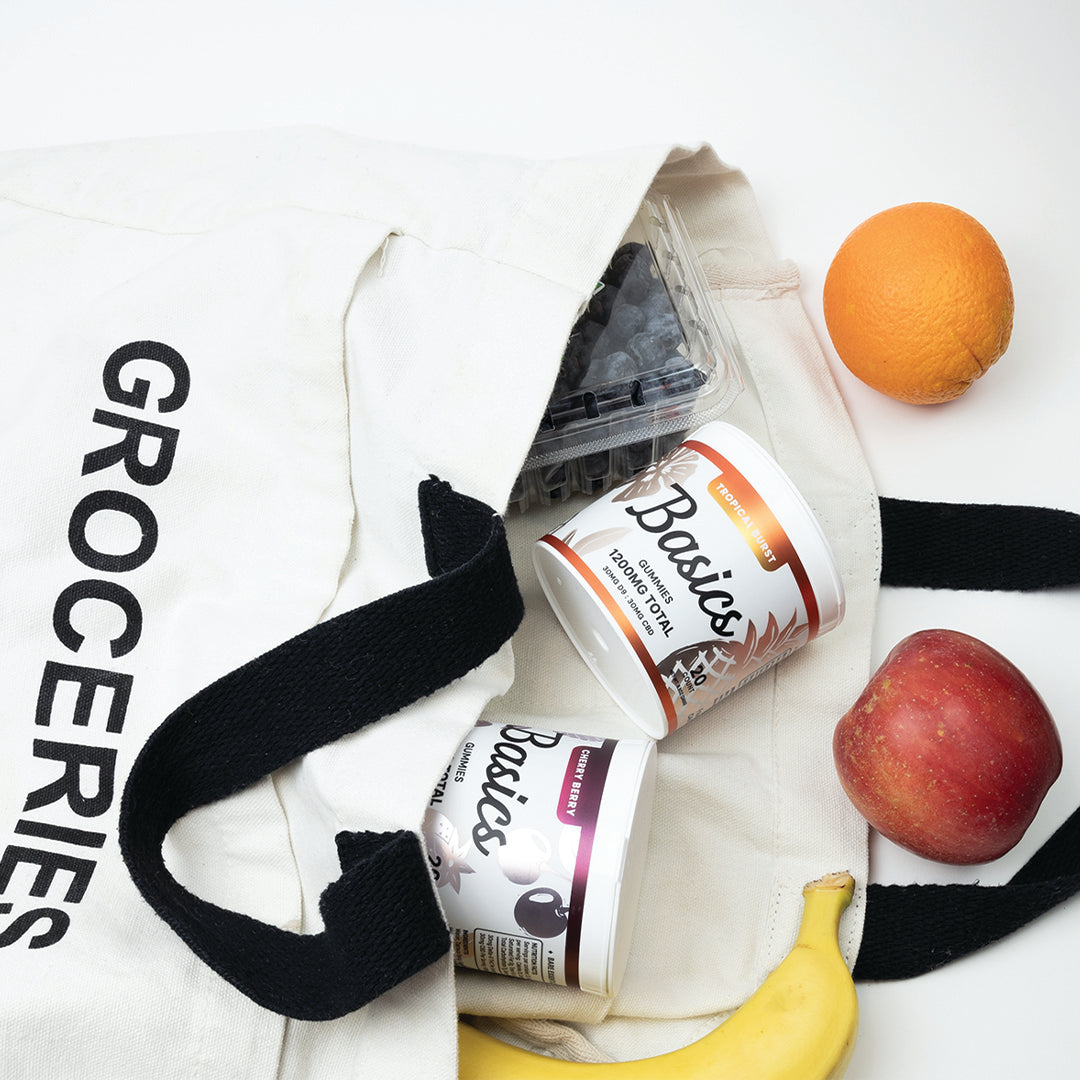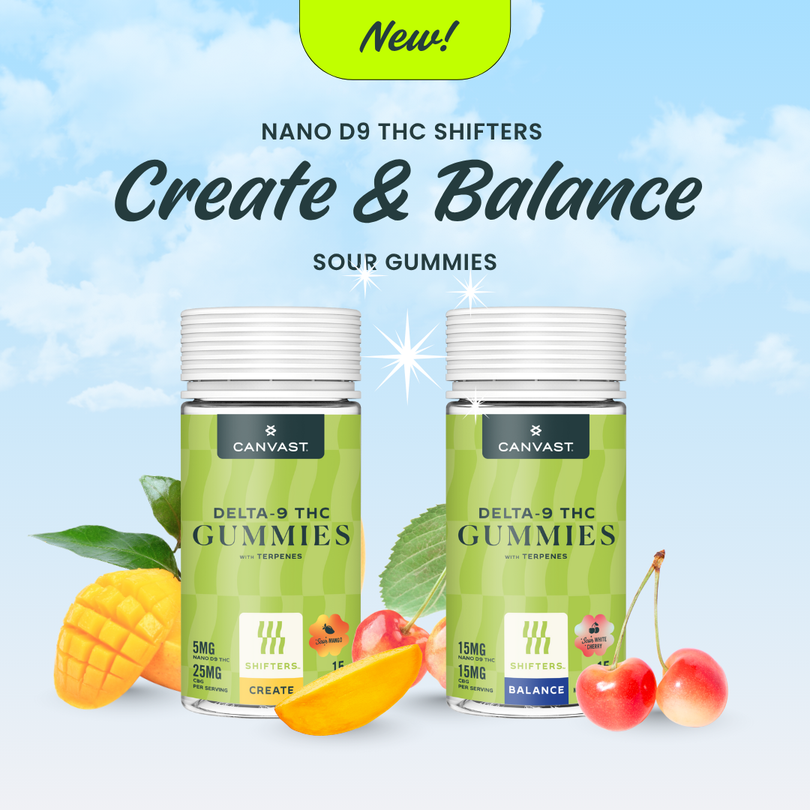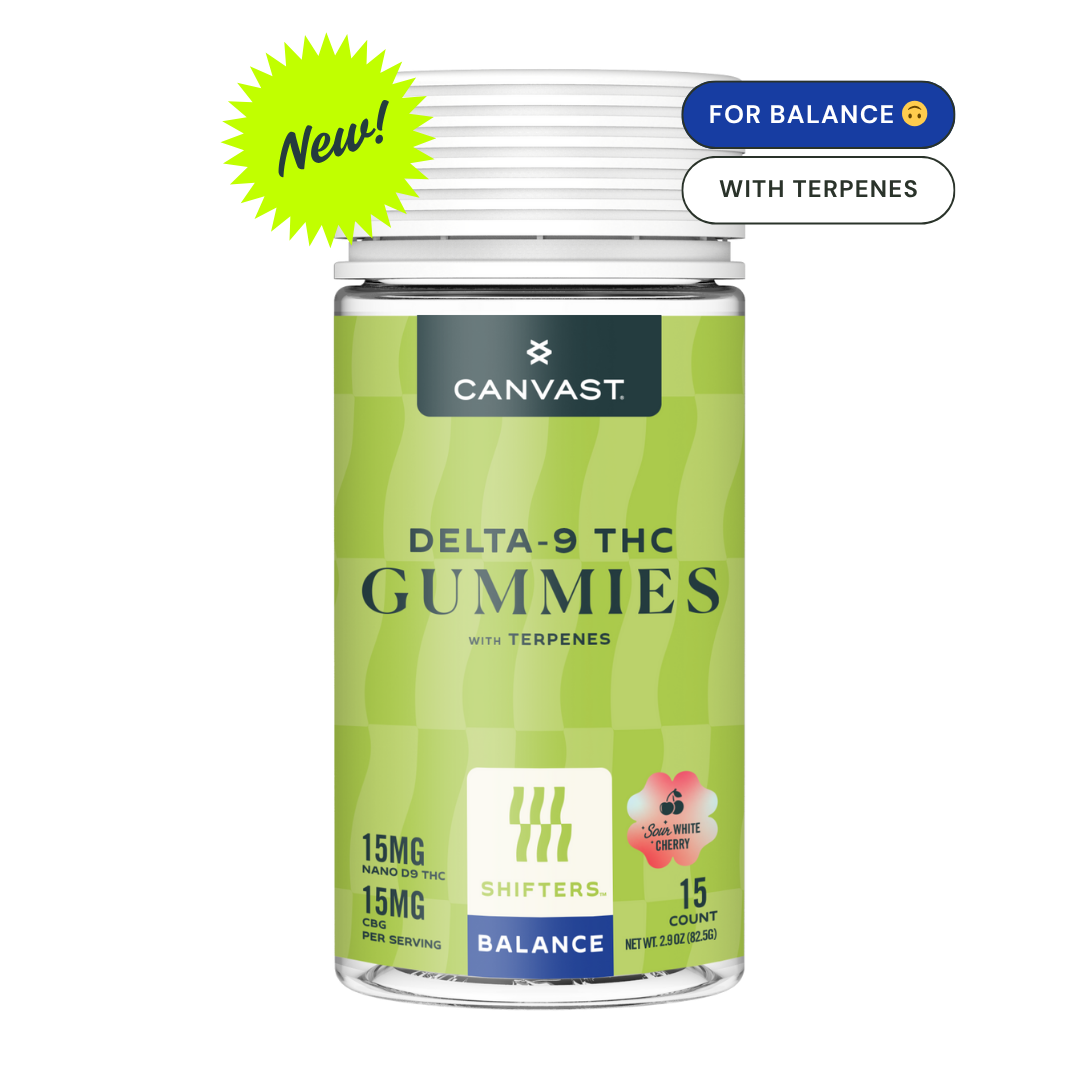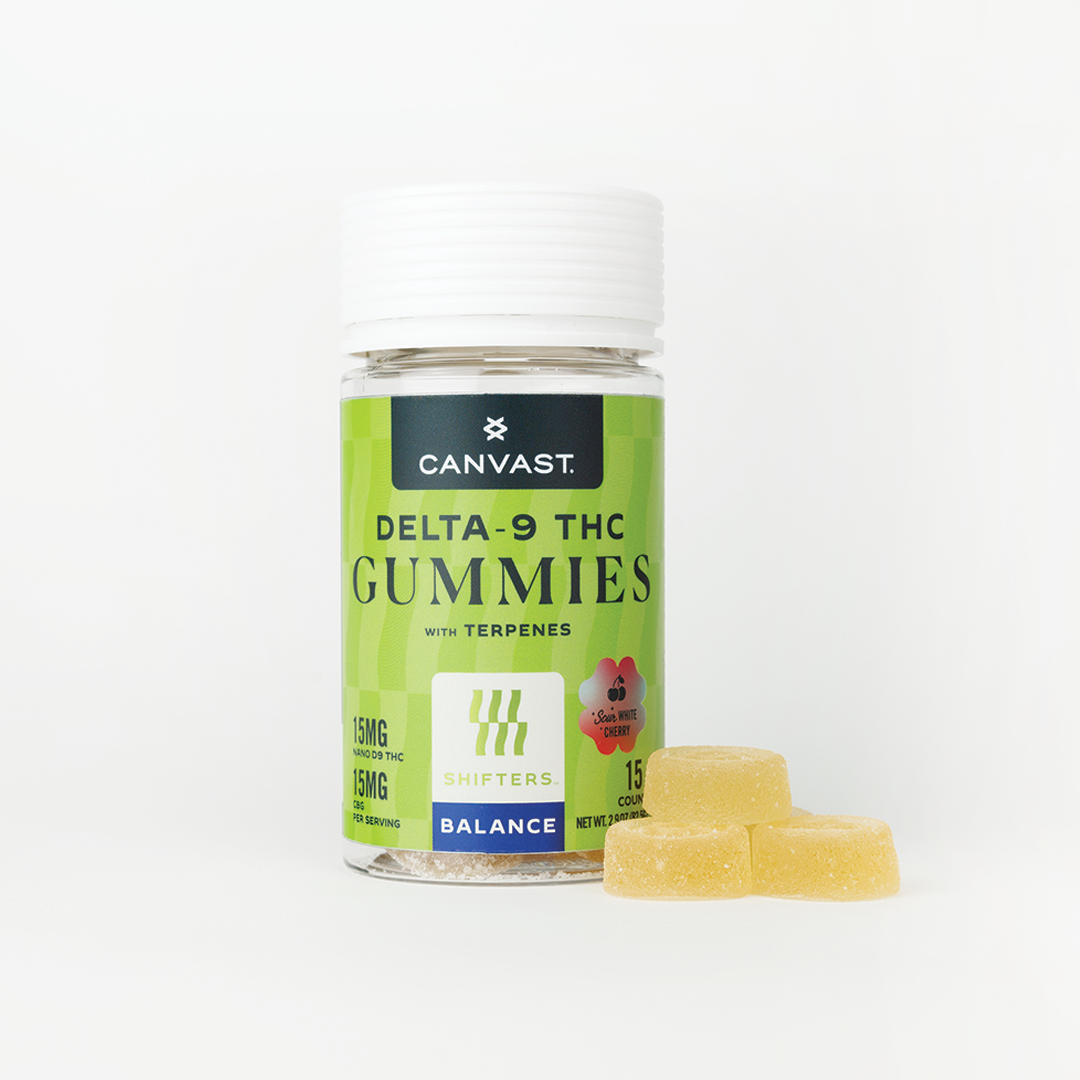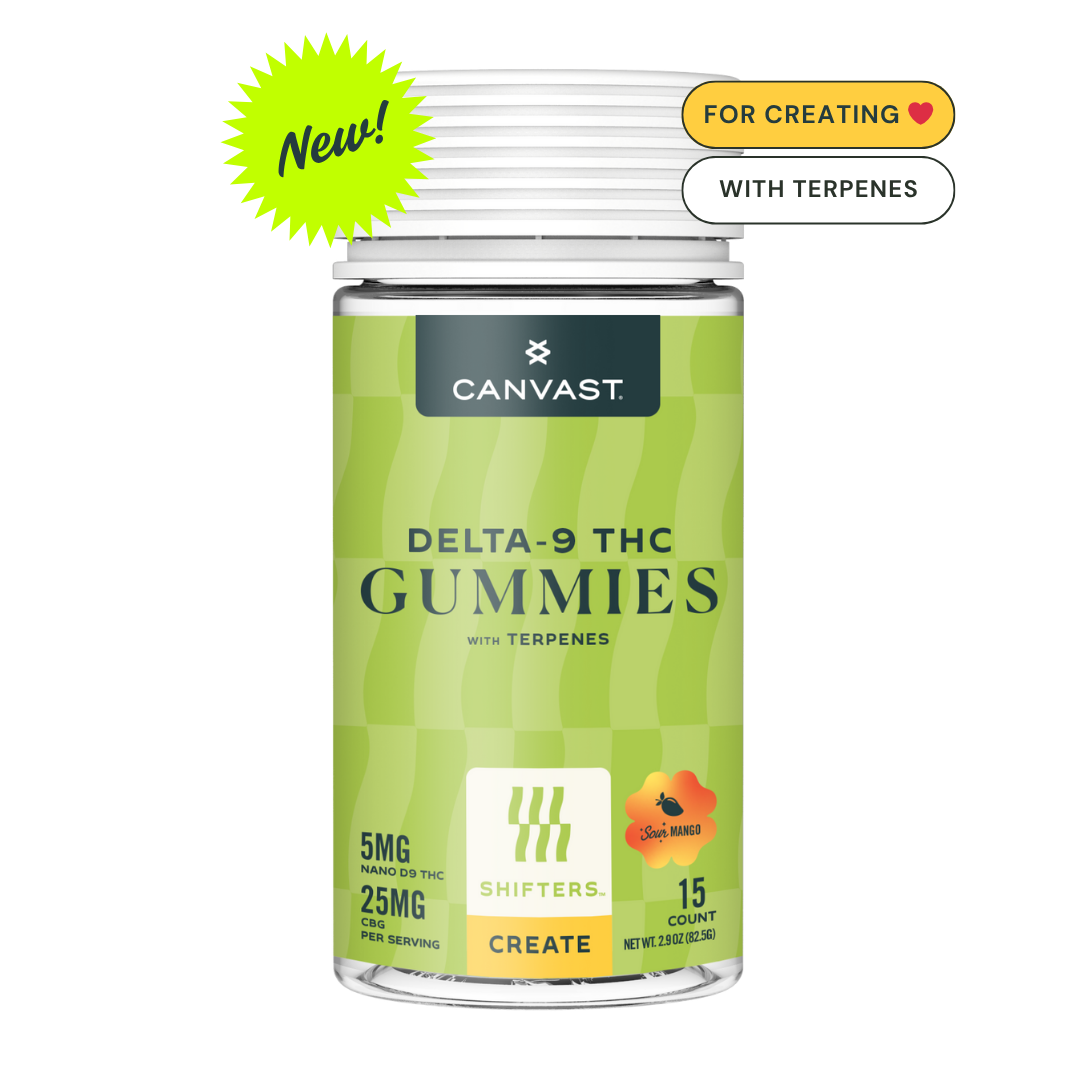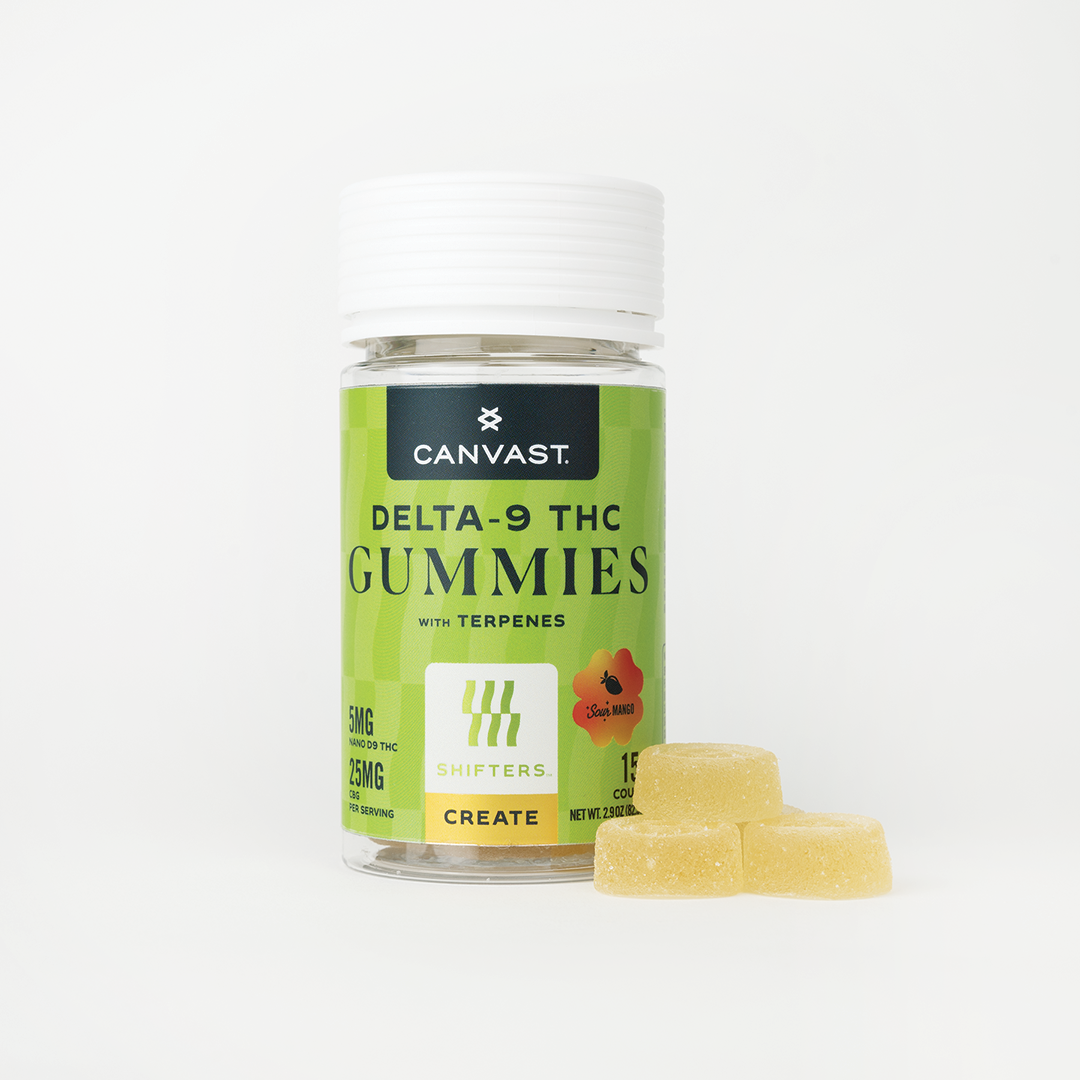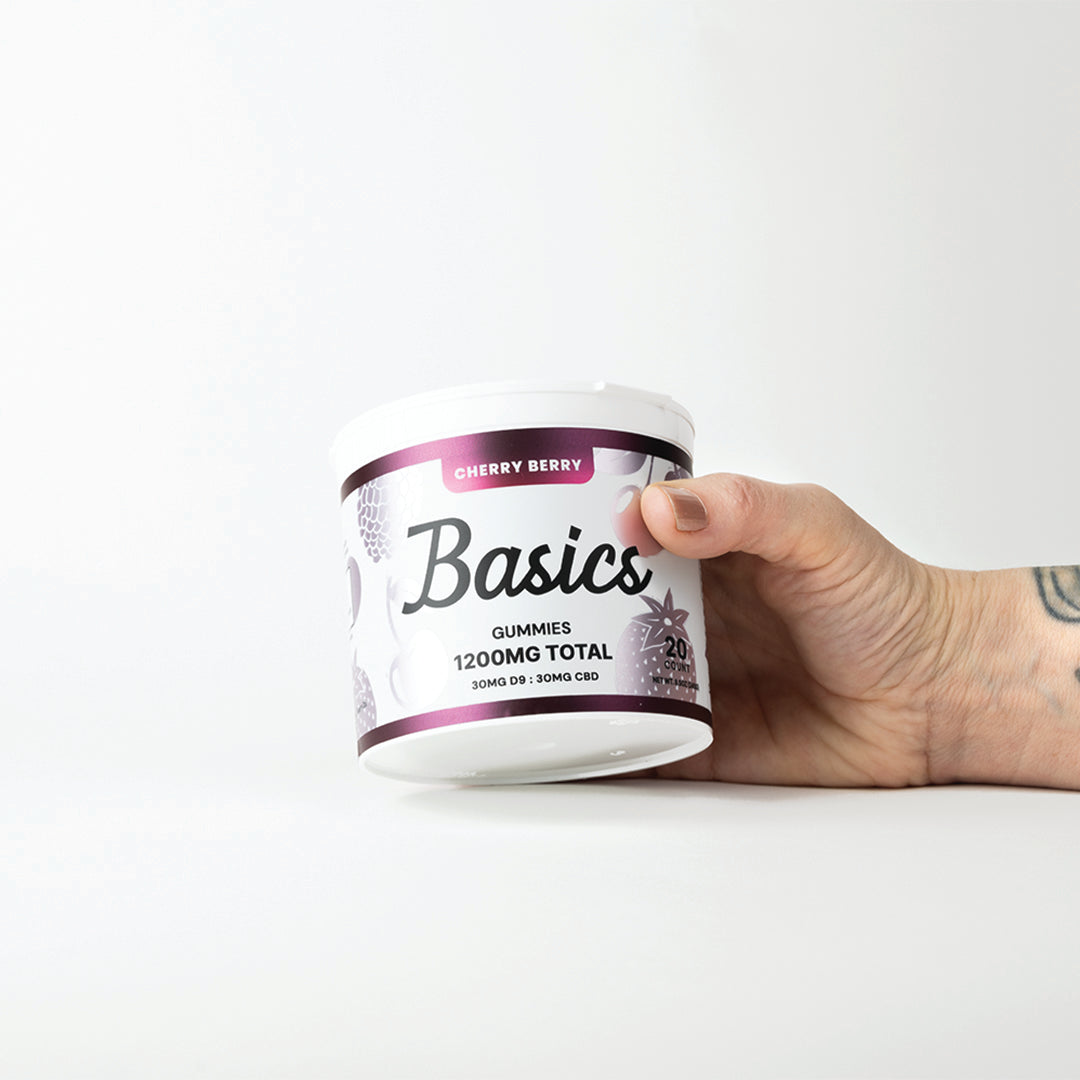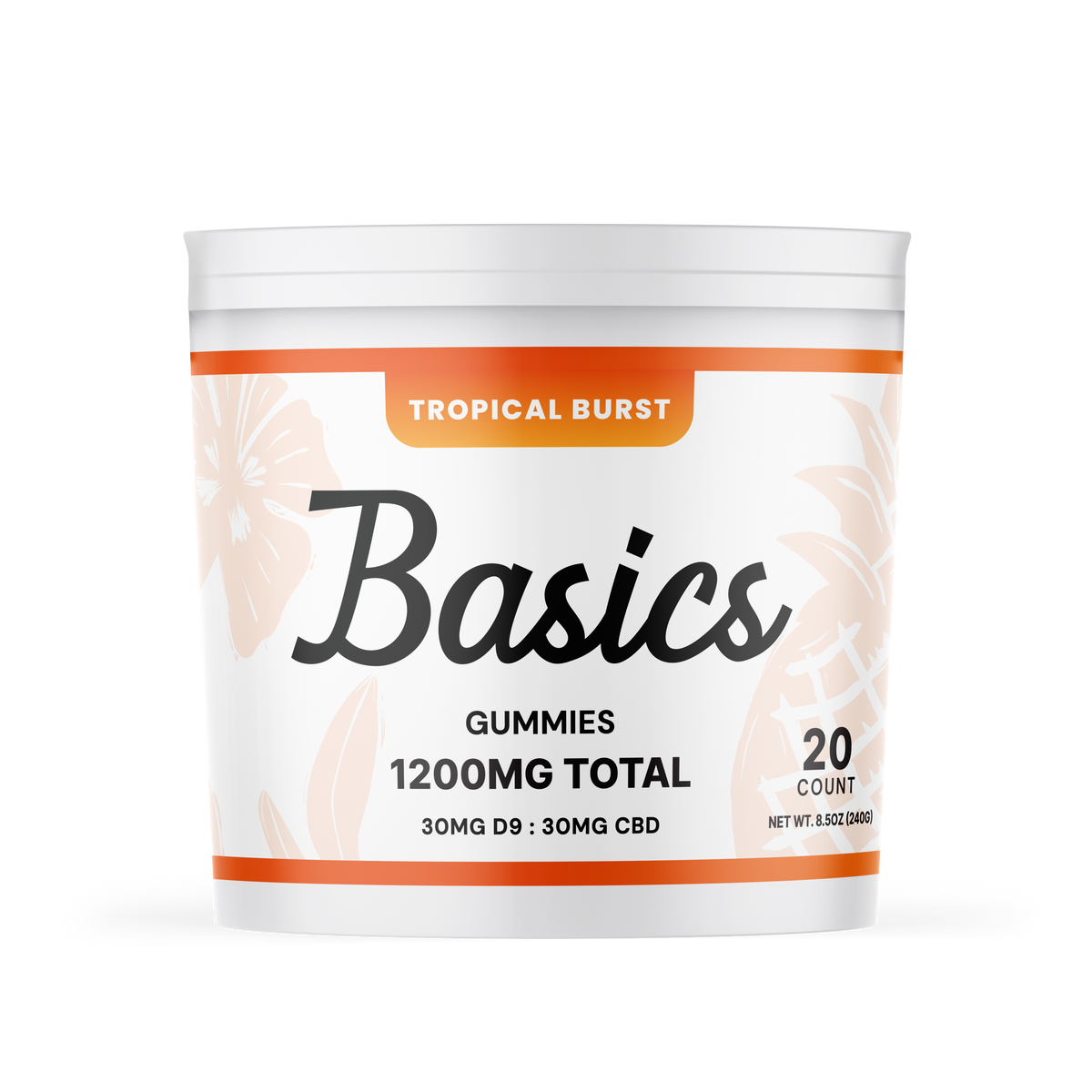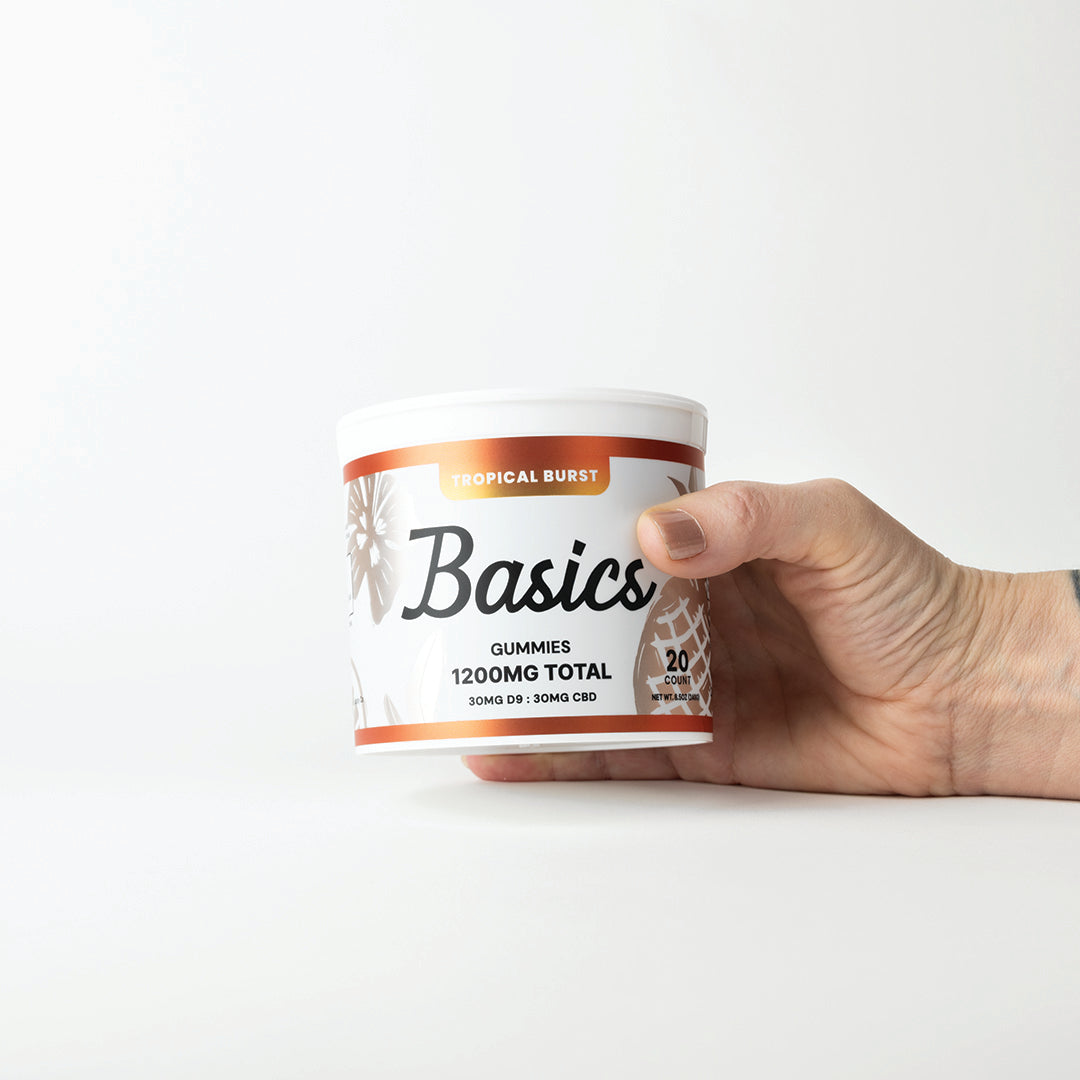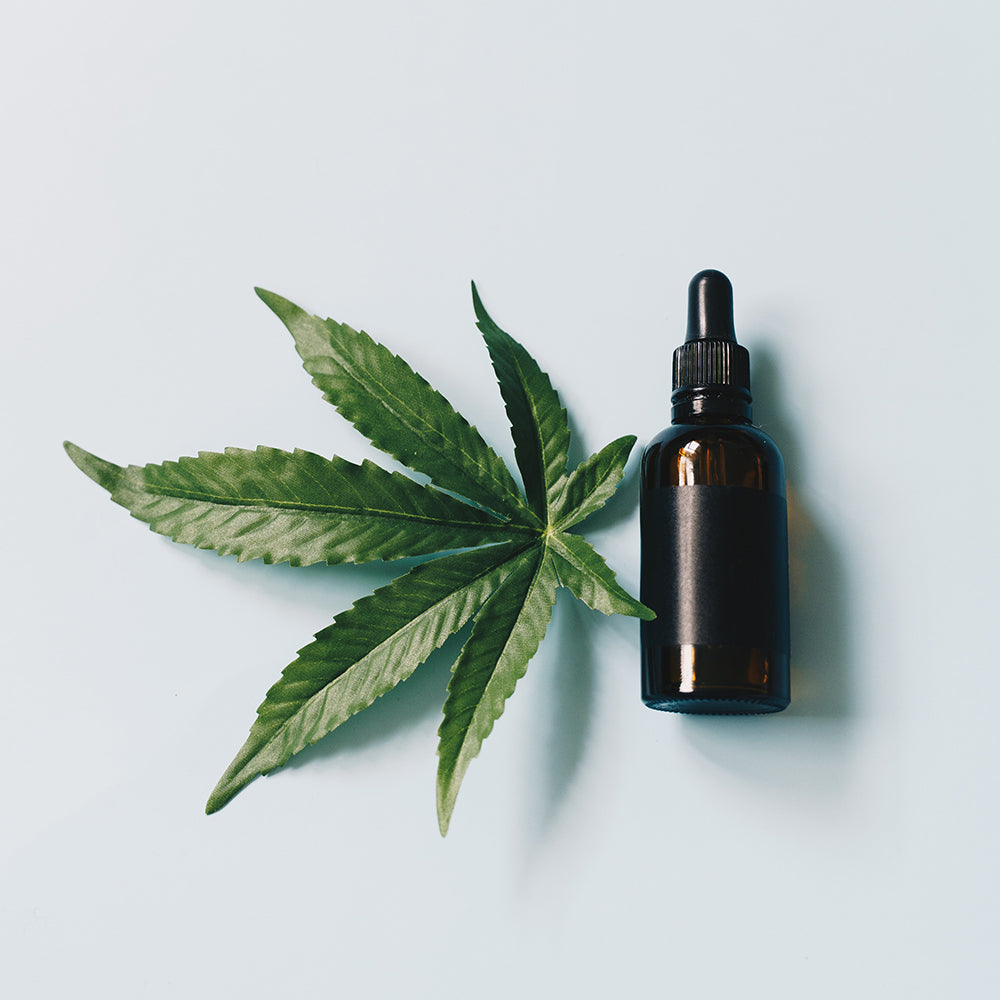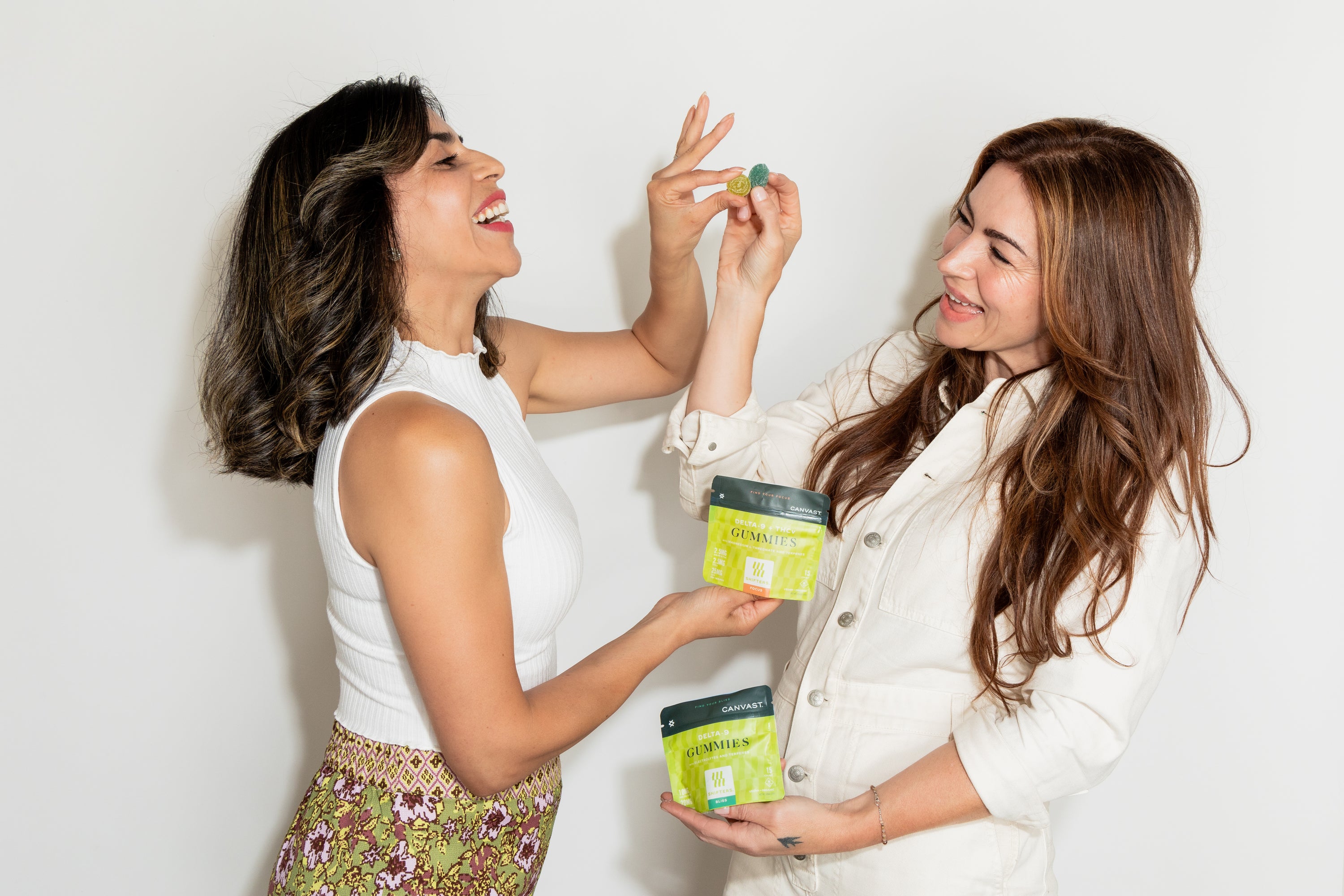CBG is one of the hemp plants’ most prized cannabinoids and is now ever-popular among farmers and extractors alike. Canvast is proud to offer some of our favorite varieties of CBG seeds, CBG Clones, and Certified Organic CBG Seedlings. Before you make an investment, here's everything you need to know about CBG.
Everything you need to know about CBG
You may be familiar with her offspring THC and CBD, but the mother of all cannabinoids CBG deserves some attention too.
At least 113 different cannabinoids have been isolated from the hemp plant. Most familiar with the plant have heard of the two most popular cannabinoids THC (tetrahydrocannabinol) and CBD (Cannabidiol). A far lesser-known cannabinoid CBG (Cannabigerol) which is normally found in lower quantities across most strains is still worth taking a look at for a number of different reasons.
Before we dive into the specifics of CBG, it's important to know the basics of how our bodies interact with these compounds.
The term "cannabinoid" refers to substances that interact with cannabinoid receptors in our body. The two main cannabinoid receptors in the body are CB1 and CB2. CB1 is associated with our nervous system and CB2 is associated with inflammation. Cannabinoids and their receptors are part of our own body's systems of helping regulate a variety of normal functions including pain, appetite, and inflammation. This system is called the endocannabinoid system (ECS).
What Exactly is CBG?
First discovered in the 1960’s Cannabigerol (CBG) is a non-psychoactive cannabinoid typically found in low-THC high-CBD strains, to include hemp. Just like THC and CBD, Cannabigerol reacts with the cannabinoid receptors in the brain, but it acts as a buffer to the psychoactivity of THC by working to alleviate the paranoia sometimes caused by higher levels of THC. Since CBG is the precursor from which all other cannabinoids are synthesized it is often referred to as the “mother” of cannabinoids.
How is CBG Made?
Hemp plants produce cannabigerolic acid (CBGA), the precursor to the three main cannabinoid lines: tetrahydrocannabinolic acid (THCA), cannabidiolic acid (CBDA), and cannabichromenic acid (CBCA).
Enzymes in the plant break down the acid and direct it to one of the three lines mentioned above. Once the acids are exposed to ultraviolet light or heat they become the cannabinoids we know: THC or CBD.
In most strains, CBGA is immediately converted to either THCA or CBDA. This means that flowers with higher THC levels will have lower CBG levels and vice versa. Since most hemp flowers have little or no THC the CBG levels will be higher.
Breeders are currently experimenting with genetic manipulation and cross-breeding to try and obtain higher levels of CBG. Scientists can also extract higher levels of CBG from budding plants by pinpointing the optimum extraction time, about six weeks into an eight-week flowering cycle.

Farming CBG
Because CBG is known for its low THC levels and high CBD levels it’s a safe bet for farmers that want to make sure they are in compliance with the Farm Bill’s restriction of 0.3% THC levels for the hemp plant to remain legal. With CBD being in the main focus of most consumers and farmers now is a great time to explore the CBG flower market and set yourself apart from the competition. Industry experts believe CBG will be the next popular cannabinoid due to early studies showing promising results for a number of health benefits.
Harvesting CBG
Since CBGA is the mother to CBDA and THCA by the time the plant has flowered there is very little actual CBG left in the plant. To combat this issue Canvast Supply Co. recommends that farmers cut their hemp plant in the budding phase. By cutting the flower before it gets into the vegetative or flowering stages it allows for higher extraction levels of CBG since you’re able to capture it before it’s converted into other cannabinoids.
